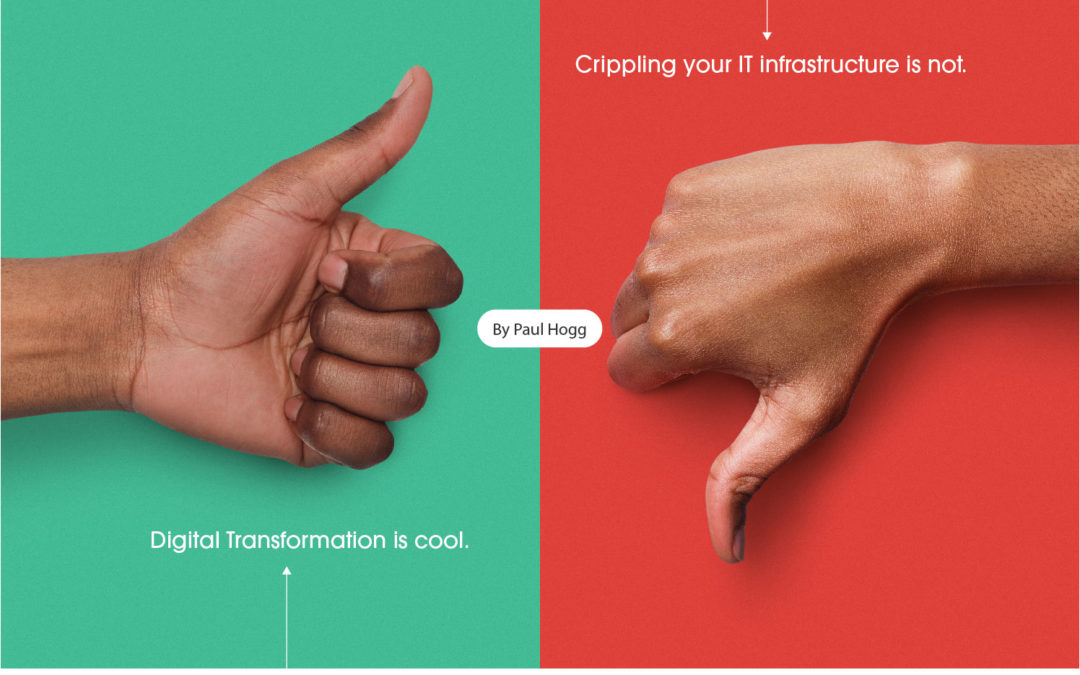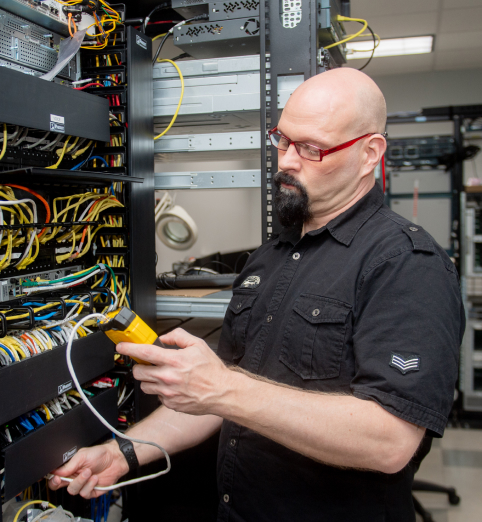No matter where I turn these days, I cannot help but overhear conversations about digital transformation and why it’s so important. After all, for most people it has come to mean that without innovation and people-oriented development of new services, programs, and connectivity, companies will begin their short and quick fall to an unfortunate demise.
The main driver of this digital transformation phenomenon seems to be firmly rooted in the fact that the end-user has more influence and power over companies than ever before. Though I cannot state “reversing the paradigm” in this instance, the paradigm has in fact been reversed.
In the old days—this is where I again date myself and sound like an old guy shaking my fist at the world—companies drove innovation and told the end-user how and when to use their products and services. However, with the advent of the mobile age paired with social media, innovative apps, and increasing internet bandwidth, the end-user is suddenly empowered to drive change by leveraging their peers around the globe with an almost gang-like mentality.
That empowerment has led companies to now embrace end-user feedback and demands to craft experiences of all kinds to better fit the information age. And whether that’s AI driven apps, personal assistant connectivity through the likes of Alexa and more, to omni-channel customer engagement, and so on—all of this has led companies down a path of increased innovation and crazy speeds.
But, and this is a big BUT, with all of this innovation and the need-for-speed, many companies completely forget about the infrastructure that supports it. When you consider the ideas surrounding digital transformation, the end result is always more data. That can be anything from pictures, to personal profile information, to voice data packets over the internet—the list is virtually never-ending. At this point, it suddenly becomes the uh oh moment: where and how does the organization handle all this information.
Of course, there are security concerns as personal data is at an all-time high. Then there are growing infrastructure needs: cloud, hybrid-cloud, etc. And let’s not forget the need for better process, and the need to connect these disparate technologies throughout the organization. The result? Yet again, ever more data.
So, as this data wave grows to cataclysmic proportions, the bandwidths needed to manage this data become increasingly critical. And it’s not just a “right now” thing either. Data growth is an ongoing, ever-growing monster that must be planned for years ahead.
It’s for this reason alone that optical networking infrastructure has become such a big deal. The projections of growth in the optical market are staggering. After all, it’s great to have some cool new AI driven app that makes your product or service the coolest thing on the market—but DevOps needs to talk to their data center folks to ensure they don’t unwittingly take down the castle through something as simple as a lack of communication or planning.
Digital transformation is here, and it will continue to be the single biggest business driver in the history of business. Consumers want more and more every day, and their voices are being heard loud and clear.
And if you’re curious about the growth of optical networking, check out our latest report on the subject here.



